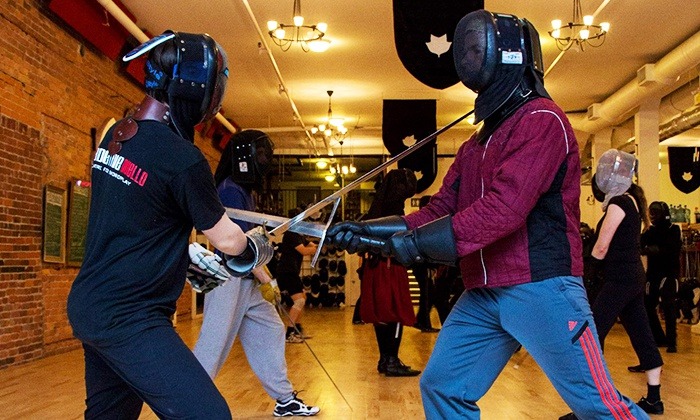Being able to mechanically conduct a technique is important for establishing a combative base. However, being successful with a given technique requires a much greater level of understanding of its application. Every combative technique must be placed into its proper context with an awareness of time, space, and feeling (not intuitive but physical). To successfully strike an opponent you must be at the right distance to strike your target, moving in a space of time that constricts their ability to parry and/or attack, and be able to fall into that moment based not only on visual cues but also tactile ones.
All of this requires that techniques not be trained merely as mechanical exercises. Instead, techniques should be presented and trained within context. Ideally, with a partner who can give you the appropriate cues and force you to pay the appropriate consequence when you miss your beat.
Cueing
Once you have the base motor skill for a given technique, it's time to put that technique into an exemplary context. That context could be a movement into a particular distance (into striking range, to the right or left while in range, etc.), an action on the part of the opponent (lifting their sword upward, preparing to attack, attacking, etc.), or a contact sentiment (hardness of a parry, joining your sword, etc.).
Start with a simple environment for the cue where you have either the cue or its absence. Once the technique can be done reliably in the single cue environment you can bring in other cues to prompt other techniques. In this way you are practicing two (or more) actions: If cue A, then technique A; If cue B, then technique B.
Training multiple techniques at a a time aids in the retention of individual techniques, helps you bridge those techniques into the combative environment, and helps you better understand the underlying principles of the movement.
Consequence
Combat is a consequence-rich environment. If you make the wrong action at the wrong time you tend to pay the price relatively quickly. It’s important that this consequence live within the training environment as well. The second part of cueing is what happens after the cue. A partner must know how to test the outcome environment to truly reinforce good technique. If you parry at the wrong time, you should get hit. If you attempt to strike at the wrong moment, it should fail.
It is often more powerful to instruct the partner of the person practicing a given technique than the student directly. If the partner can cue well and give immediate consequence for incorrect action then the context itself shapes the learner, which better prepares them for the real thing.
